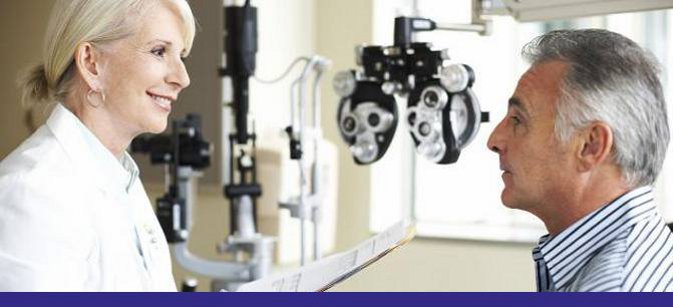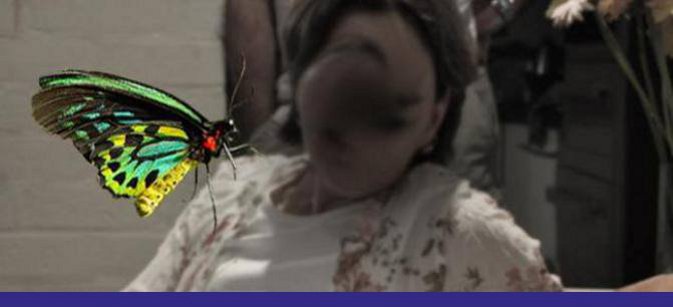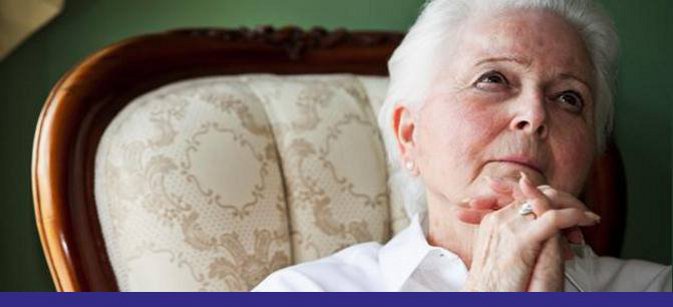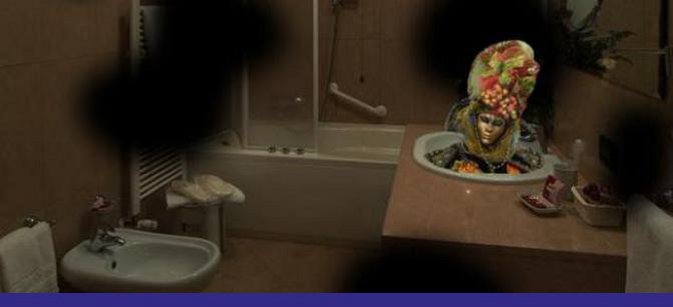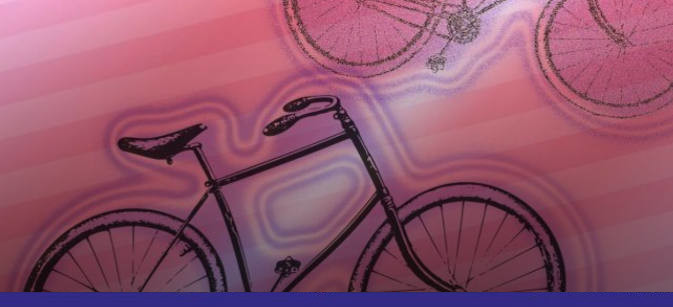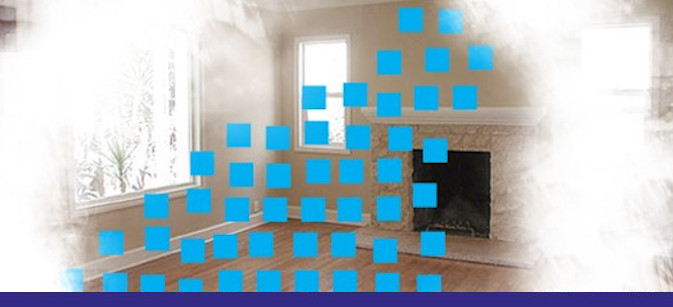Survey findings
Thanks to everyone who participated in late last year’s online CBS survey. Here are the major results of the first half of the survey:
- 78% of responders were female and 22% male. Countries included New Zealand, Italy, Australia, USA, South Korea, England and Canada.
- Ages ranged from the early 20s to early 90s which again highlights that CBS can and does occur at any age.
- In answer to the question, “Who formally diagnosed you with CBS?”, only 22% received their diagnosis from an ophthalmologist and 15% from a neurologist. A staggering 49% did not receive a diagnosis for CBS from any qualified medical practitioner.
- The top four CBS images reported were:
- Basic (geometric) patterns (59%)
- Animals (48%)
- Figures (44%)
- Bright light (41%)
The first three are in line with previous research studies but 'bright light' is quite a revelation and unexpected. Historically, bright light has very rarely been recorded as a CBS symptom and suggests that this may have been largely overlooked as a CBS experience.
- There were very sobering results to two questions tapping into awareness levels of CBS:
'When you (or your loved one) first began to have unusual visual experiences, were you already aware of CBS?'
- No, I had never heard of the syndrome (93%)
- Yes, I already knew of the syndrome (7%)
This is a stunning reminder of the extent to which CBS is being systematically overlooked as a matter worthy of attention within the eye consultation process. This finding was reinforced by the following question of the survey:
'Had the eye specialist ever discussed with you (or a loved one) the possibility of CBS occurring?'
- No, my eye specialist had never raised the topic. (85%)
- Yes, my eye specialist let me know about the syndrome in advance. (0%)
- Yes, my eye specialist told me about CBS but only after I / we first raised the issue. (15%)
Summary
Until and unless CBS is routinely incorporated within the eye consultation, then an unacceptably high level of patients (and their loved ones) will continue to be left in the dark as to their strange visual experiences.


